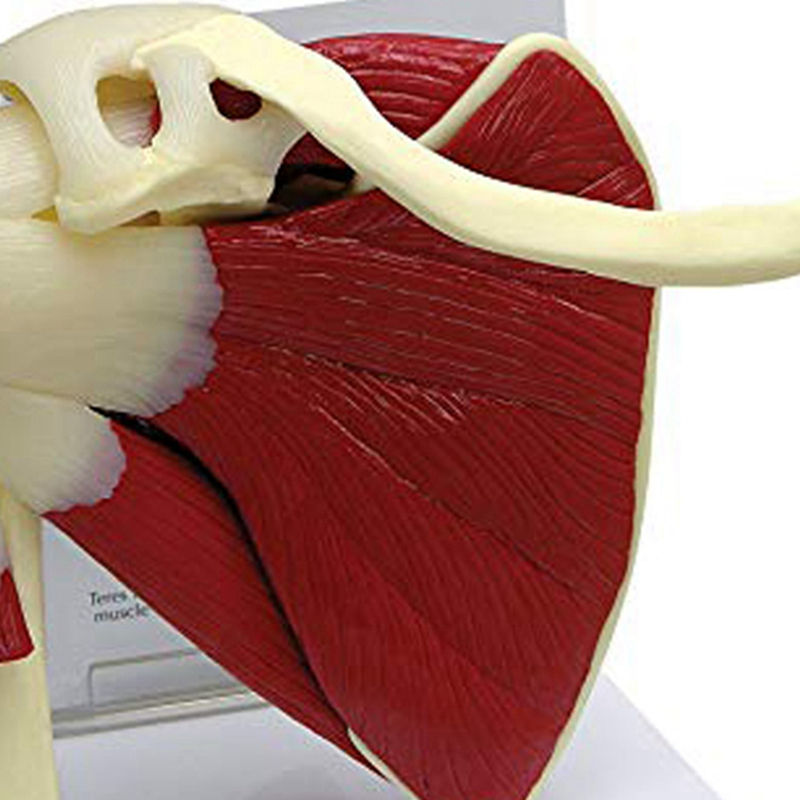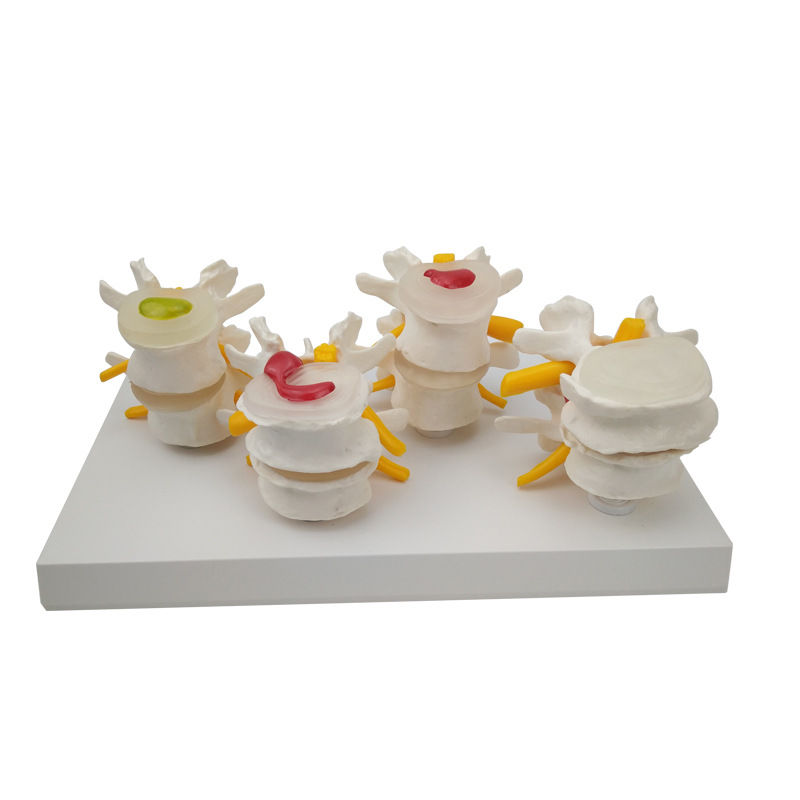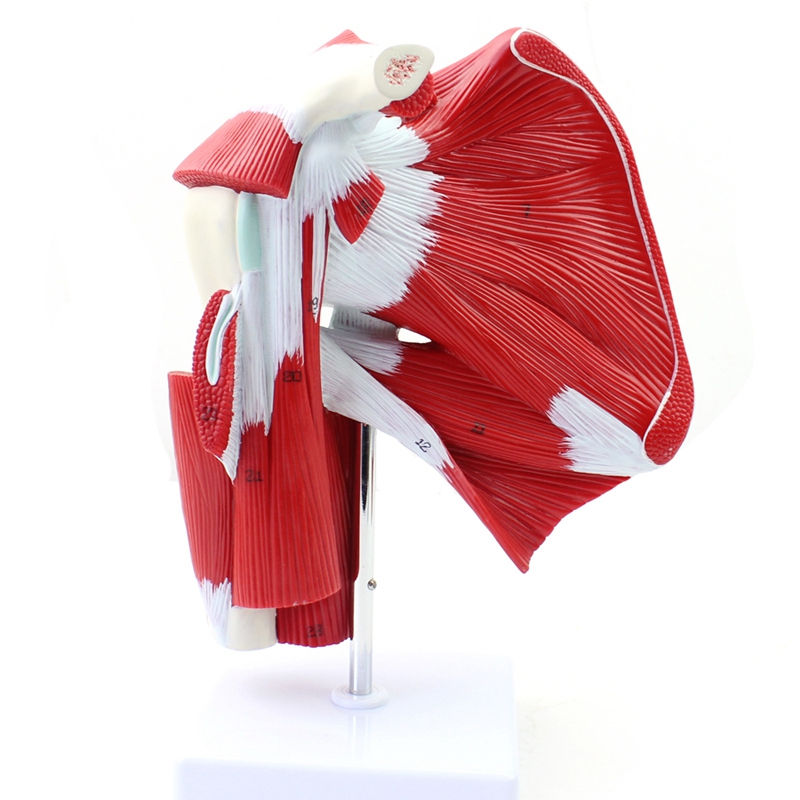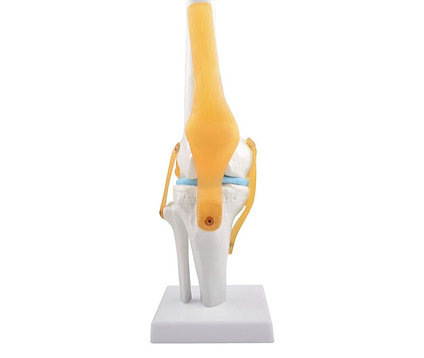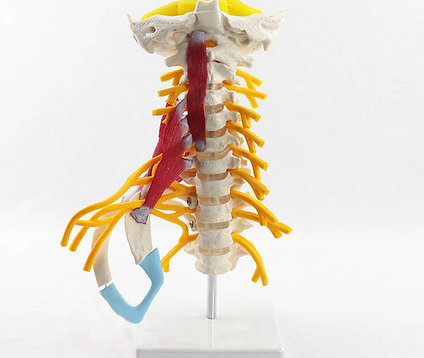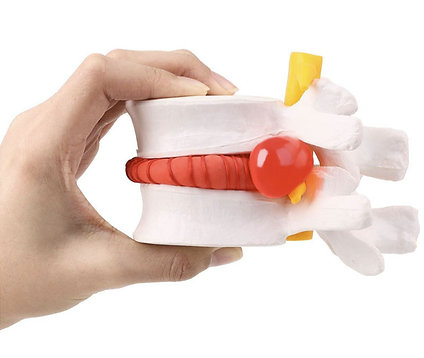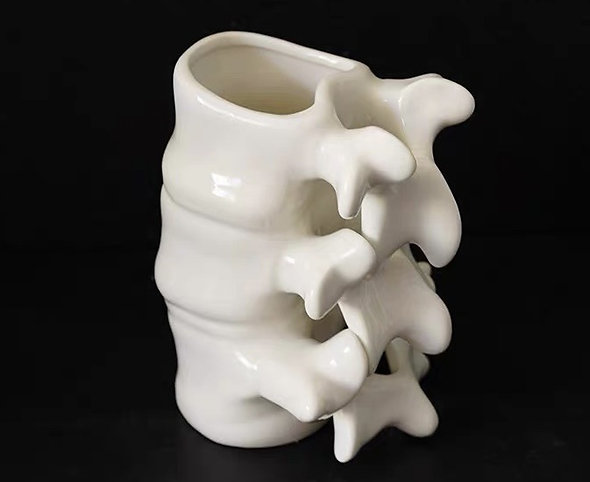
Anatomical Models


Anatomy

Physiology

Posters
Other

Patient Education:
Anatomical models help with patient education
Anatomical models improve patient communication by making complex structures easier to explain, significantly increasing patient satisfaction (Sugand et al., 2019). Studies show that using anatomical models in teaching enhances learning, improves test results, and reduces response time compared to traditional methods (Ye et al., 2020). They provide a realistic and tangible experience of anatomy, are cost-effective, durable, and easy to reproduce, making them ideal for both medical education and clinical use (Lizana et al., 2015).
Physiology:
Learn Physiology with Models
Studies show that the use of physiology models in teaching can improve students’ learning outcomes. For example, one study found that nursing students’ perceived learning outcomes increased when flipped classroom methods were combined with various learning resources and activities, including digital models.
Another study reported that students in an advanced physiology course gained detailed knowledge of recent research developments in a specific physiological field through the use of models and seminars.
These findings suggest that integrating physiology models into teaching can strengthen students’ understanding and engagement in the subject.
Other:
Perfect Gifts for Healthcare Professionals
Surprise your friends, colleagues, or acquaintances with unique and practical gifts that are perfect for healthcare professionals! Our anatomy pins are both stylish and informative, adding a nice touch to any office or home. Our spine mugs, featuring elegant anatomical details, are both practical and inspiring, and can serve as a great conversation starter. We also offer several other anatomical gifts that are perfect for brightening up the workplace or as a personal gift for someone in the healthcare field. With our products, you can give a gift that is relevant, educational, and inspiring – a perfect reminder of the importance of the healthcare profession!
Give the patient better insight into the effects of the interventions
Functional Models:
Functional anatomical models can be used in a wide range of patient education to make abstract medical concepts more tangible and understandable (Ryan et al., 2018; Woods & Mather, 2020). By allowing patients to physically see and touch – or virtually explore – structures such as bones, joints, organs, or blood vessels, it becomes easier to visualize how different parts of the body work together and how disease or injury can occur (Lamb et al., 2021). This concrete understanding can reduce uncertainty, improve communication between patient and healthcare professional, and at the same time increase motivation to follow treatment and rehabilitation plans.



















